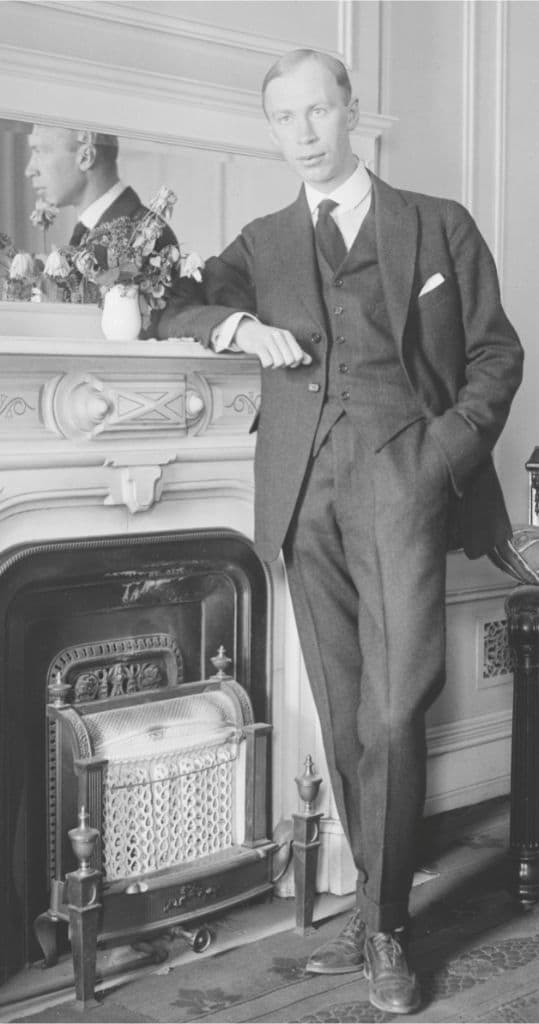PROKOFIEV: Piano Concerto No. 3
by Jeff Counts
THE COMPOSER – SERGE PROKOFIEV (1891–1953) – Prokofiev’s American years (the years when he lived here, rather than just toured here) were a disappointment. Though he performed often as a pianist and composed important pieces during the period, he never felt fully understood by American audiences or critics. Prokofiev had attempted to capture the same lightning that Rachmaninoff seemed to so effortlessly ignite in North America, and he had the goods to back up the ambition, but his results were never better than mixed. At least he met his future wife Lina in America, but the two left for Europe for good in 1922 with “nil” to show for his final season here.
THE HISTORY – The rather grim summation of “nil” fails to take two things into account, at least in hindsight. Both The Love for Three Oranges and the 3rd Piano Concerto had succeeded nicely in Chicago that previous December. Nice success was only the first global impression of the concerto, however, as European audiences would soon proclaim it the finest yet of Prokofiev’s concerti. Much of the thematic material for the concerto was taken from older sketches and unfinished projects, some of which dated as far back as 1913 (and maybe even earlier). Most intriguing of the repurposed music was the “white” string quartet (white meaning composed without accidentals or “black” piano keys) that Prokofiev challenged himself to write but was forced to abandon as overly difficult (not to mention a little arch as compositional ideas go). Two themes from the second movement of the quartet found their way into the finale of the new concerto. Prokofiev completed the piece in 1921 while vacationing in coastal France and, perhaps in an effort to give it one last shot in America, he returned there for the premiere in December of 1921. Both the 3rd Concerto and The Love for Three Oranges earned positive, if measured, receptions in Chicago but neither garnered any support whatsoever from the New York critics two months later. Prokofiev modestly recalled his works being “splendidly accepted by the audience” in New York but likened their critics to a “pack of dogs” hell bent on “tearing his trousers to shreds.” With responses like that, it’s little wonder that Prokofiev set to packing for Europe right away. He found what he was looking for on the other side of the Atlantic, in Paris specifically, where his incredibly enchanting and inventive concerto quickly gained its aforementioned confirmation as a truly great 20th-century exemplar of the form. France, though equally baffling to him at times, would prove a stylistic turning point for Prokofiev on his slow but steady march home to Russia, torn trousers and all.
THE WORLD – Elsewhere in 1921, the Irish War of Independence ended in a truce, the Tulsa Race Riot occurred, the infamous Sacco and Vanzetti trials concluded, and Communist political parties began forming throughout Europe.
THE CONNECTION – Prokofiev’s Piano Concerto No. 3 was last performed by the Utah Symphony on the Masterworks series in 2014 with Conrad Tao as soloist and Thierry Fischer on the podium.













